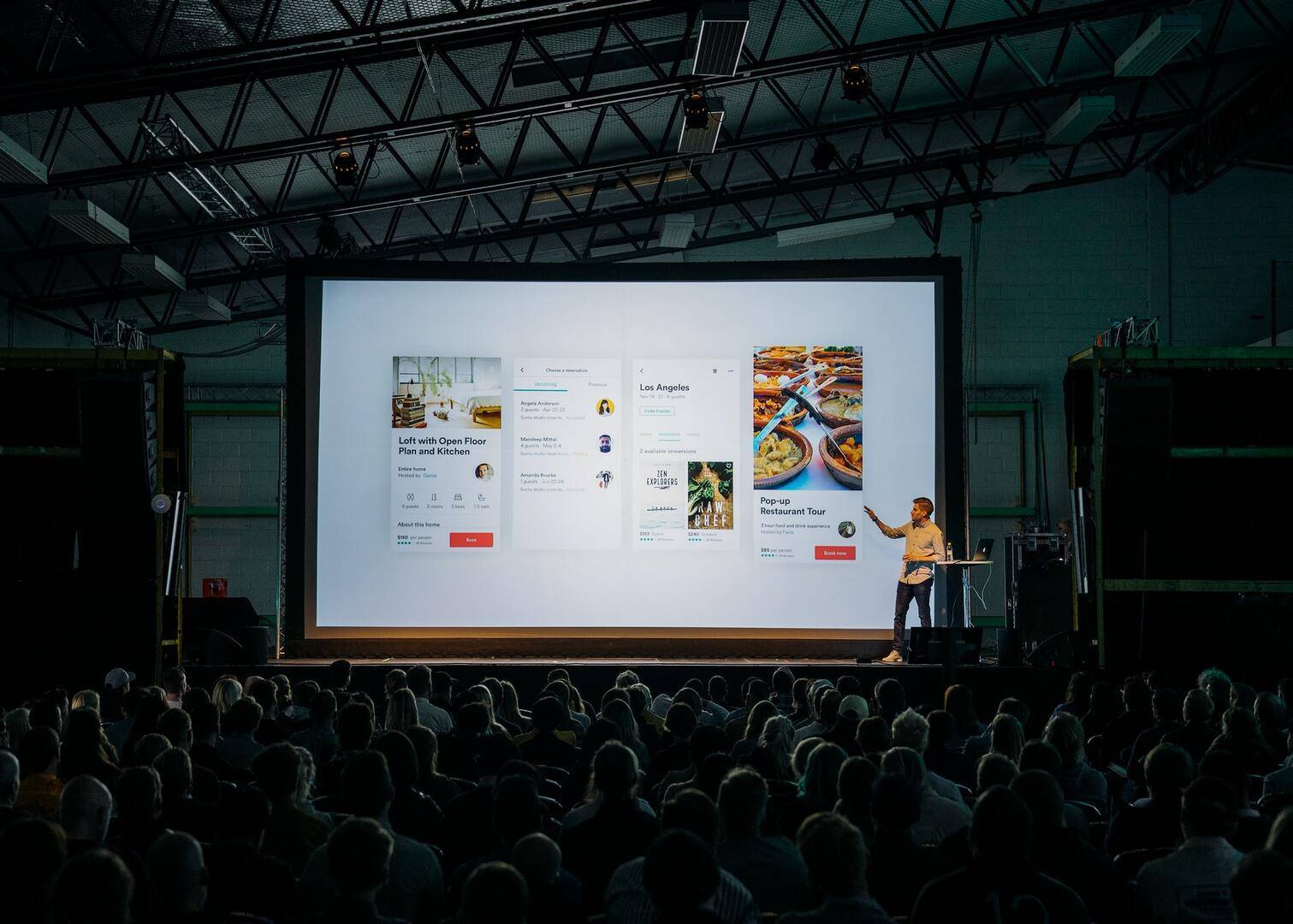
In business-to-business industries, professionals may find themselves invited to speak at various trade shows, conferences or other industry events. As your expertise grows, you may become a spokesperson for your organization to generate awareness about your brands and its thought leadership in the industry.
However, not all of us are born as naturally great public speakers. Before your next speaking engagement, it’s important to study the qualities of a good speaker and how to deliver a speech with confidence.
Take a look at these key tips for presenting at your next speaking engagement:
You can never prepare too much for a speaking engagement. Whether this will be your first presentation before a large crowd, or you’re a seasoned speaker, prepare your content and practice the speech as much as possible until you feel confident that your presentation will be both informative and well-rehearsed. Consider outlining everything you want to say and practicing several times. If your session will include Q&A, make a list of potential questions that might arise and prepare your answers ahead of time.
Do your research to determine who will be listening to your presentation. Will it be buyers for your product? Industry experts like yourself? Look into the audience size, roles and areas of expertise. Additionally, see where your session fits into the other educational content of the event. Once you determine the audience composition, tailor your presentation to include content of interest.
Start your presentation with a strong opening. Whether sharing new research related to your topic, asking a question, or opening with a personal story to illustrate the importance of your topic, an interesting opening delivered with confidence can set the rest of your session up for success.
Audience engagement can be a challenge, especially when presenting a technical topic. Consider strategies to keep your audience’s attention, such as asking questions to the audience, including video or visual content, or setting up a flash poll.
Limit your visuals to as few words as possible. Visuals should add to your message, not force your audience to read long paragraphs and ignore your speech. Include high-quality images and simplified graphics to get your point across without distracting the audience.
Less is more when it comes to your speech, too. When practicing, ensure you’re not speaking too fast or cramming in all the content possible. A clear, steady pace will make your speech more engaging to the audience and get your information across more effectively. Edit your content down to the essentials to avoid losing the audience’s attention.
There is a time and a place for selling – and an educational session is not it. When invited to share your expertise at a conference, the organizers are expecting you to share informative content without selling your product. You can certainly share relevant information that might point to the usefulness of your product, but over-selling can undercut your authority on the subject.
To engage your audience further, practice your body language while speaking. Rather than standing still behind a podium, move around the stage occasionally. Ask a friend or colleague to watch your speech and tell you if your hands are moving too much, if you’re fidgeting or if you’re making any other distracting movements. Distributing your eye contact across the left, center and right sides of the audience can also help keep people’s attention.
When crafting your conclusion, reiterate your key messages and include a powerful ending statement to send off your audience with the right takeaways.
After reviewing these tips and preparing your speech accordingly, you’re ready to represent yourself and your organization with professionalism and engaging content.
To get your brand experts in front of your audience, contact us today.
Theresa Colston is a Senior Account Executive at Mulberry Marketing Communications, an award-winning full-service B2B communications agency based in Chicago, London and Australia. She enjoys developing creative marketing ideas and building connections to drive results for clients.